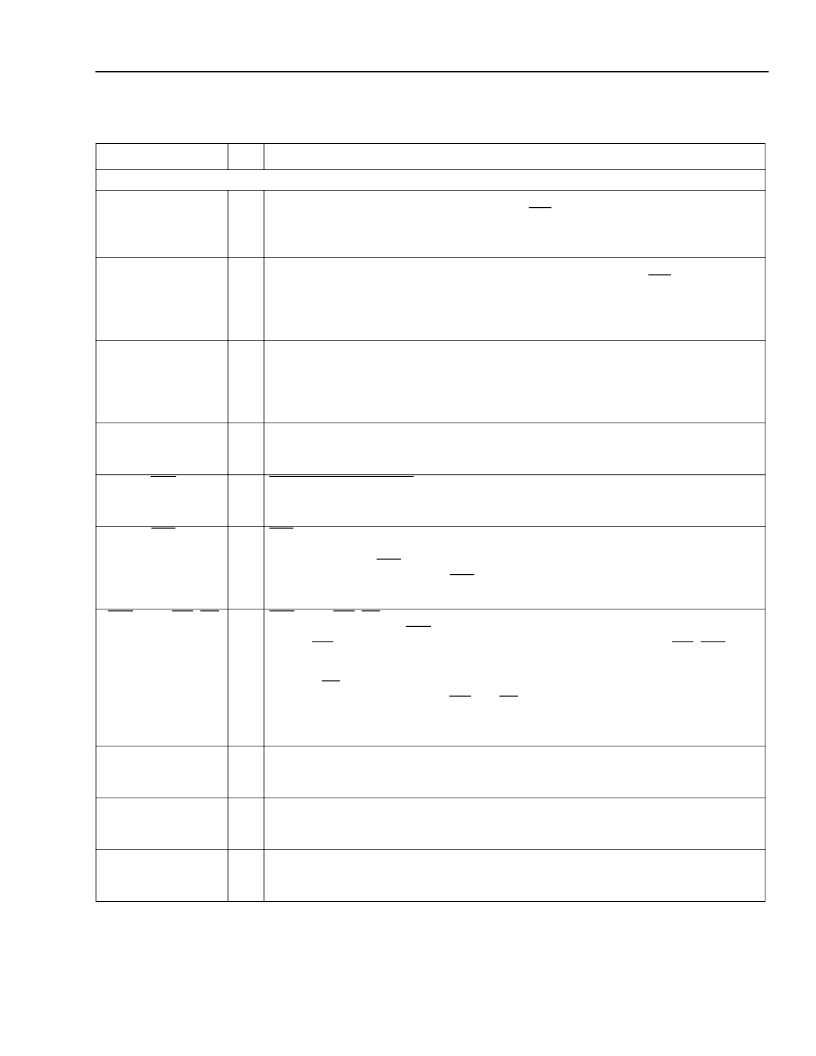- 您現(xiàn)在的位置:買賣IC網(wǎng) > PDF目錄383706 > OR2C40A-3S304 (Electronic Theatre Controls, Inc.) Field-Programmable Gate Arrays PDF資料下載
參數(shù)資料
| 型號: | OR2C40A-3S304 |
| 廠商: | Electronic Theatre Controls, Inc. |
| 元件分類: | FPGA |
| 英文描述: | Field-Programmable Gate Arrays |
| 中文描述: | 現(xiàn)場可編程門陣列 |
| 文件頁數(shù): | 67/192頁 |
| 文件大?。?/td> | 3148K |
| 代理商: | OR2C40A-3S304 |
第1頁第2頁第3頁第4頁第5頁第6頁第7頁第8頁第9頁第10頁第11頁第12頁第13頁第14頁第15頁第16頁第17頁第18頁第19頁第20頁第21頁第22頁第23頁第24頁第25頁第26頁第27頁第28頁第29頁第30頁第31頁第32頁第33頁第34頁第35頁第36頁第37頁第38頁第39頁第40頁第41頁第42頁第43頁第44頁第45頁第46頁第47頁第48頁第49頁第50頁第51頁第52頁第53頁第54頁第55頁第56頁第57頁第58頁第59頁第60頁第61頁第62頁第63頁第64頁第65頁第66頁當(dāng)前第67頁第68頁第69頁第70頁第71頁第72頁第73頁第74頁第75頁第76頁第77頁第78頁第79頁第80頁第81頁第82頁第83頁第84頁第85頁第86頁第87頁第88頁第89頁第90頁第91頁第92頁第93頁第94頁第95頁第96頁第97頁第98頁第99頁第100頁第101頁第102頁第103頁第104頁第105頁第106頁第107頁第108頁第109頁第110頁第111頁第112頁第113頁第114頁第115頁第116頁第117頁第118頁第119頁第120頁第121頁第122頁第123頁第124頁第125頁第126頁第127頁第128頁第129頁第130頁第131頁第132頁第133頁第134頁第135頁第136頁第137頁第138頁第139頁第140頁第141頁第142頁第143頁第144頁第145頁第146頁第147頁第148頁第149頁第150頁第151頁第152頁第153頁第154頁第155頁第156頁第157頁第158頁第159頁第160頁第161頁第162頁第163頁第164頁第165頁第166頁第167頁第168頁第169頁第170頁第171頁第172頁第173頁第174頁第175頁第176頁第177頁第178頁第179頁第180頁第181頁第182頁第183頁第184頁第185頁第186頁第187頁第188頁第189頁第190頁第191頁第192頁

Data Sheet
June 1999
ORCA Series 2 FPGAs
Lucent Technologies Inc.
67
Special-Purpose Pins
Special-Purpose Pins (Become User I/O After Configuration)
(continued)
M0, M1, M2
I
During powerup and initialization, M0—M2 are used to select the configuration mode
with their values latched on the rising edge of INIT. See Table 7 for the configuration
modes. During configuration, a pull-up is enabled, and after configuration, the pins are
user-programmable I/O*.
M3
I
During powerup and initialization, M3 is used to select the speed of the internal oscilla-
tor during configuration, with its value latched on the rising edge of INIT. When M3 is
low, the oscillator frequency is 10 MHz. When M3 is high, the oscillator is 1.25 MHz.
During configuration, a pull-up is enabled, and after configuration, this pin is a user-pro-
grammable I/O pin*.
TDI, TCK, TMS
I
If boundary scan is used, these pins are Test Data In, Test Clock, and Test Mode Select
inputs. If boundary scan is not selected, all boundary-scan functions are inhibited once
configuration is complete, and these pins are user-programmable I/O pins. Even if
boundary scan is not used, either TCK or TMS must be held at logic 1 during configura-
tion. Each pin has a pull-up enabled during configuration*.
HDC
O
High During Configuration is output high until configuration is complete. It is used as a
control output indicating that configuration is not complete. After configuration, this pin is
a user-programmable I/O pin*.
LDC
O
Low During Configuration is output low until configuration is complete. It is used as a
control output indicating that configuration is not complete. After configuration, this pin is
a user-programmable I/O pin*.
INIT
I/O
INIT is a bidirectional signal before and during configuration. During configuration, a
pull-up is enabled, but an external pull-up resistor is recommended. As an active-low
open-drain output, INIT is held low during power stabilization and internal clearing of
memory. As an active-low input, INIT holds the FPGA in the wait-state before the start of
configuration. After configuration, the pin is a user-programmable I/O pin*.
CS0, CS1, WR, RD
I
CS0, CS1, WR, RD are used in the asynchronous peripheral configuration modes. The
FPGA is selected when CS0 is low and CS1 is high. When selected, a low on the write
strobe, WR, loads the data on D[7:0] inputs into an internal data buffer. WR, CS0, and
CS1 are also used as chip selects in the slave parallel mode.
A low on RD changes D7 into a status output. As a status indication, a high indicates
ready and a low indicates busy. WR and RD should not be used simultaneously. If they
are, the write strobe overrides. During configuration, a pull-up is enabled, and after con-
figuration, the pins are user-programmable I/O pins*.
During master parallel configuration mode, A[17:0] address the configuration EPROM.
During configuration, a pull-up is enabled, and after configuration, the pins are user-
programmable I/O pins*.
During master parallel, peripheral, and slave parallel configuration modes, D[7:0]
receive configuration data and each pin has a pull-up enabled. After configuration, the
pins are user-programmable I/O pins*.
During configuration, DOUT is the serial data output that can drive the DIN of daisy-
chained slave LCA devices. Data out on DOUT changes on the falling edge of CCLK.
After configuration, DOUT is a user-programmable I/O pin*.
A[17:0]
O
D[7:0]
I
DOUT
O
Table 17. Pin Descriptions
(continued)
Symbol
I/O
Description
* The FPGA States of Operation section contains more information on how to control these signals during start-up. The timing of DONE
release is controlled by one set of bit stream options, and the timing of the simultaneous release of all other configuration pins (and the acti-
vation of all user I/Os) is controlled by a second set of options.
Pin Information
(continued)
相關(guān)PDF資料 |
PDF描述 |
|---|---|
| OR2C40A-3T304 | Field-Programmable Gate Arrays |
| OR2C40A-3T304I | Field-Programmable Gate Arrays |
| OR2C40A-3T432 | Field-Programmable Gate Arrays |
| OR2C40A-3T432I | Field-Programmable Gate Arrays |
| OR2T04A-3T84 | Field-Programmable Gate Arrays |
相關(guān)代理商/技術(shù)參數(shù) |
參數(shù)描述 |
|---|---|
| OR2C40A4BC432-DB | 制造商:Rochester Electronics LLC 功能描述:- Bulk 制造商:Lattice Semiconductor Corporation 功能描述: |
| OR2C40A4PS208-DB | 功能描述:FPGA - 現(xiàn)場可編程門陣列 3600 LUT 342 I/O RoHS:否 制造商:Altera Corporation 系列:Cyclone V E 柵極數(shù)量: 邏輯塊數(shù)量:943 內(nèi)嵌式塊RAM - EBR:1956 kbit 輸入/輸出端數(shù)量:128 最大工作頻率:800 MHz 工作電源電壓:1.1 V 最大工作溫度:+ 70 C 安裝風(fēng)格:SMD/SMT 封裝 / 箱體:FBGA-256 |
| OR2C40A4PS208I-DB | 功能描述:FPGA - 現(xiàn)場可編程門陣列 3600 LUT 342 I/O RoHS:否 制造商:Altera Corporation 系列:Cyclone V E 柵極數(shù)量: 邏輯塊數(shù)量:943 內(nèi)嵌式塊RAM - EBR:1956 kbit 輸入/輸出端數(shù)量:128 最大工作頻率:800 MHz 工作電源電壓:1.1 V 最大工作溫度:+ 70 C 安裝風(fēng)格:SMD/SMT 封裝 / 箱體:FBGA-256 |
| OR2C40A4PS240-DB | 功能描述:FPGA - 現(xiàn)場可編程門陣列 Use LatticeECP/EC or LatticeXP RoHS:否 制造商:Altera Corporation 系列:Cyclone V E 柵極數(shù)量: 邏輯塊數(shù)量:943 內(nèi)嵌式塊RAM - EBR:1956 kbit 輸入/輸出端數(shù)量:128 最大工作頻率:800 MHz 工作電源電壓:1.1 V 最大工作溫度:+ 70 C 安裝風(fēng)格:SMD/SMT 封裝 / 箱體:FBGA-256 |
| OR2C40A4PS304-DB | 功能描述:FPGA - 現(xiàn)場可編程門陣列 Use ECP/EC or XP RoHS:否 制造商:Altera Corporation 系列:Cyclone V E 柵極數(shù)量: 邏輯塊數(shù)量:943 內(nèi)嵌式塊RAM - EBR:1956 kbit 輸入/輸出端數(shù)量:128 最大工作頻率:800 MHz 工作電源電壓:1.1 V 最大工作溫度:+ 70 C 安裝風(fēng)格:SMD/SMT 封裝 / 箱體:FBGA-256 |
發(fā)布緊急采購,3分鐘左右您將得到回復(fù)。